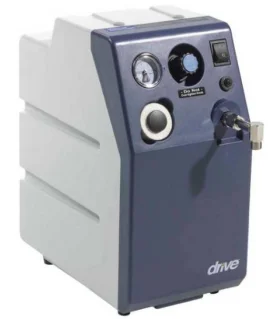How to Qualify for Medicare: Your Essential Guide to Eligibility and Enrollment
Key Takeaways
- Most people qualify for Medicare at age 65, provided they are a U.S. citizen or legal resident.
- You can also qualify before 65 due to a disability (after 24 months of SSDI) or specific medical conditions like ESRD or ALS.
- Medicare Part A, which covers hospital costs, is typically premium-free if you or your spouse paid Medicare taxes for 10+ years.
- If you’re already getting Social Security retirement benefits, you will be automatically enrolled in Medicare.
- If not, you must sign up yourself during your seven-month Initial Enrollment Period (IEP) around your 65th birthday to avoid late penalties.

Wondering if you qualify for Medicare? Don’t worry in this blog post we’ll cover all the Medicare enrollment criteria’s, some of the costs involved and how to sign up.
The Main Ways to Qualify
Most people qualify for Medicare in one of these three ways:
- By Age: The most common way is by turning 65. U.S Citizens who turn 65 become eligible for Medicare given that they’ve lived in the country at least 5 years.
- By Disability: You may qualify for Medicare before age 65 if you have a qualifying disability. This usually happens after you have received Social Security Disability Insurance (SSDI) benefits for at least 24 months.
- By Medical Condition: People with specific serious illnesses, like End-Stage Renal Disease (ESRD) or Amyotrophic Lateral Sclerosis (ALS), can qualify for Medicare without having to wait.
Understanding Medicare Part B Costs
The costs for Medicare Part B are important to understand, as they can change each year. The following figures are based on the announced 2025 rates:
Monthly Premium: The standard premium for Part B is $185.00 per month. However, if your income exceeds a certain limit, you may pay a higher, income-related monthly adjustment amount (IRMAA).
Annual Deductible: The annual deductible for Part B is $257. You must pay this amount out-of-pocket before Medicare begins to pay its share.
Coinsurance: After you’ve met your deductible, you typically pay 20% of the Medicare-approved amount for most services, including DME, while Medicare pays the other 80%.

What about the cost of Medicare?
When you hear about Medicare, you often hear about “Part A” and “Part B”.
Medicare Part A helps cover hospital costs. For most people, this coverage is “premium-free.” This means you don’t have a monthly payment for it. You qualify if you or your spouse worked and paid Medicare taxes for at least 10 years.
Medicare Part B helps cover medically necessary doctor’s services, outpatient care, and durable medical equipment (DME). Unlike Part A, most people pay a monthly premium for this coverage.
How to Sign Up for Medicare?
This is an important part! You don’t want to miss your window.
If you are already getting retirement benefits from Social Security or the Railroad Retirement Board, you will likely be automatically enrolled in Part A and Part B. Your Medicare card should be mailed to you about three months before your 65th birthday.
If you are not getting these benefits yet, you will need to sign up. You can do this during your Initial Enrollment Period (IEP). This is a seven-month window that starts three months before the month you turn 65, includes your birthday month, and ends three months after.
If you miss this window, you could face late enrollment penalties, so it’s best to sign up as soon as you are eligible.
For detailed information on enrollment and to begin the sign-up process, visit the official government website.
To learn more or sign up, visit Medicare.gov or SocialSecurity.gov.



